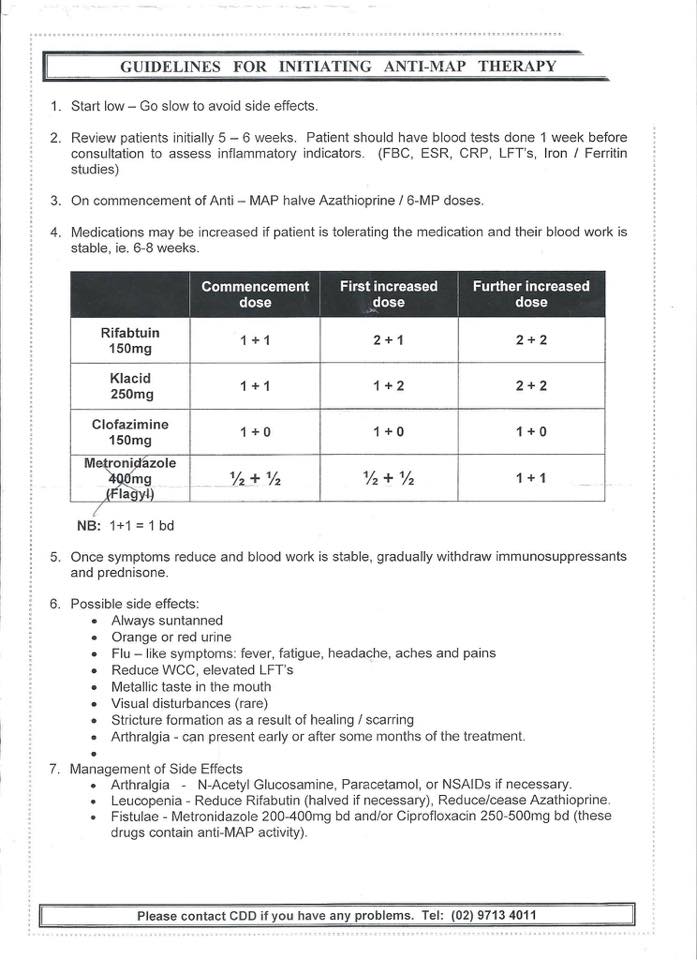Hi Frozen Girl - I'm glad you pointed this out, since this was one of my questions too. These studies are so complex and the results nearly impossible to sift through, that I did some digging to address this. I think the key to understanding this is looking at all three studies in an intent-to-treat analysis, which is different than how the data was reported in all three, despite Accent I and Charm saying they used an ITT analysis. The point behind an ITT analysis from what I understand, is to mimic real conditions in a doctor's practice. It avoids overly optomistic results. All the initial paticipants are left in the final analysis, rather than deleting those who don't respond, don't take the meds as directed, drop out due to side effects, etc.
So here comes the math (sorry!) In Accent I, they started with 573 people, and gave them each an initial dose of Remicade. However (and here's the kicker) they only randomized the ones (335 people) who responded after two weeks!! It seems intuitive that if you only look at the people who initially respond, your end data will look pretty decent. If you divide the entire 573 by 3, you get 191 people total in each of the three randomized groups. In the highest dose group, 50 people responded, so 26% (50/191) using an ITT analysis.
The Humira Charm trial did the same thing, but in a more complicated way. They had 854 people to start and narrowed down to 778 due to some drop outs, people not following protocol, severe effects, etc. They randomized that group and ended up with 257 in the highest doseage arm, but then they divided them again in each arm to responders and non-responders. Their remission rate of 47% (a whopping 65 people) in the highest doseage arm only looks at 157 of the randomized responders! Again, it seems intuitive if you only look at the responders, your data will be pretty good. Reanalyzing this using either the 257 or the 854/778 divided into thirds gives you about 24% remission rate at 56 weeks. Not super great. Only 1 out of 4 people will get to remission with Humira. I also found it interesting that they mentioned that the most common reason for dropping out was due to adverse effects. Again, I just think people should consider all the data when making a big decision about their treatment. Here's the full Charm study:
https://health.ucsd.edu/specialties...b maintenance therapy for Crohn's disease.pdf
As to the 30 weeks vs. 52 weeks, Accent I only gave 30 week data, even though they ran it for 54 weeks. I wish they had given the 54 week data, since most people are on Remicade for a year or more.
In the end, Remicade/Humira are FDA approved and AMAT isn't yet, so I respect people's decision to choose the therapy that they're comfortable with, just get all the info before deciding. Personally, I've been on all three and AMAT was the only one that worked. I have other friends who have done beautifully on Humira/Remicade as well.

